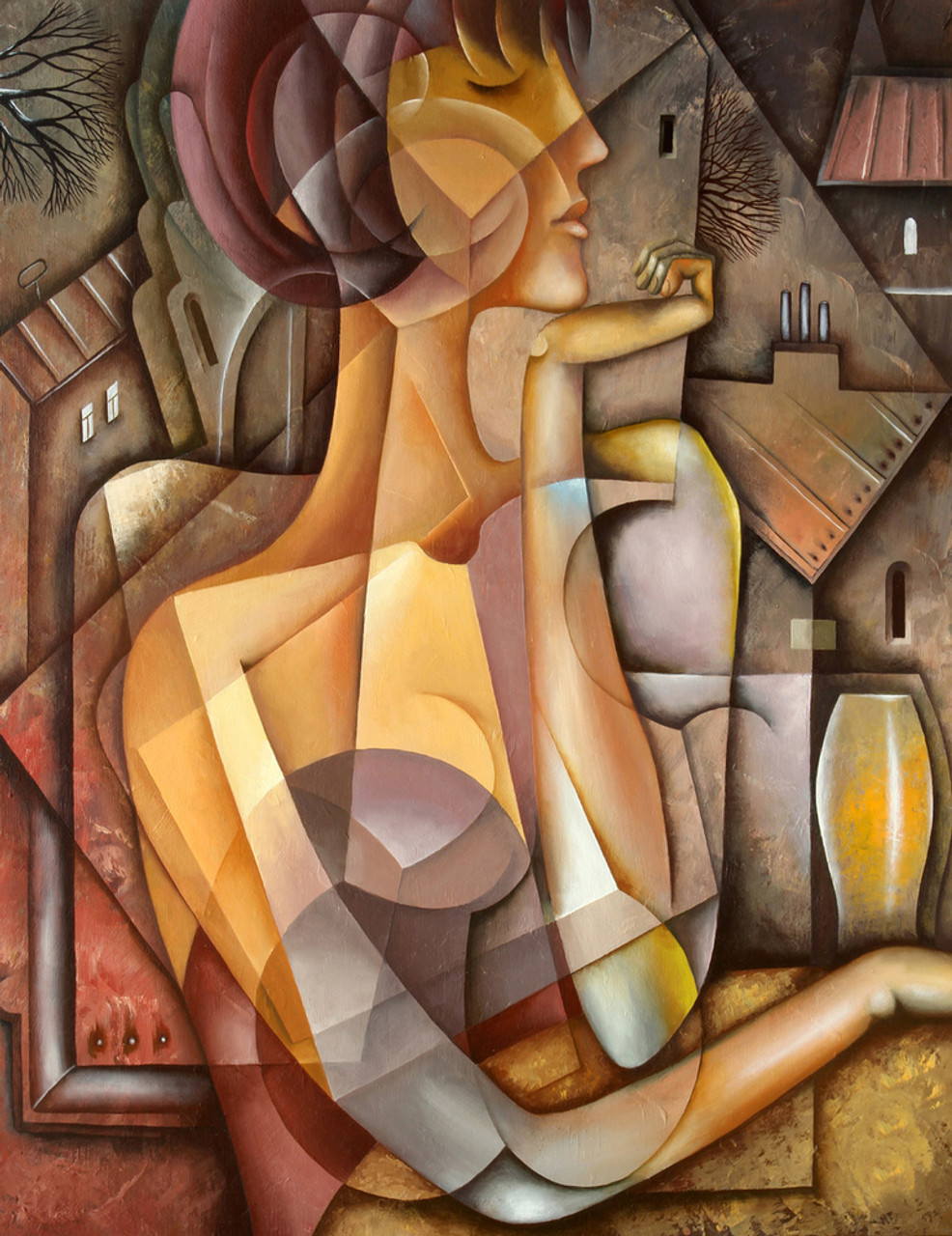
Pablo Picasso’s Les Demoiselles d’Avignon created a new page in art history becoming a cornerstone for the first revolution in 20th century art. Cézanne influenced both Picasso and Braque, it is thought that it was thanks to him that Cubism could evolve. Signs of early Cubism can be found in the works of Paul Cézanne with his simplified view of nature. World War I affected this transition and changed the process as many artists tried to express their feelings in a different way during war times. Picasso, Braque and Gris did not develop pure abstraction, although artists involved in parallel movements did, including the Orphists, the Rayonists and the Vorticists.Ĭubism was one of the most influential movements of the early twentieth century, shifting traditional pictorial methods and spawning a new generation of styles, including Constructivism, Futurism, Suprematism, De Stijl and Minimalism.Art changed a lot during the start of the 20th century. By 1911 Cubism had become the leading style in Paris and by 1912 its influence was felt worldwide, promoted through the publication of De Cubism, 1912, by Gleizes and Metzinger and Guillaume Apollinaire’s Les Peintres Cubistes (The Cubist Painters) in 1913.ĭuring the second, Synthetic phase of Cubism artists began introducing elements of collage into their work, such as newspaper or chair caning, as seen in Picasso’s Still Life with Chair Caning, 1912, as well as experimenting with constructed sculptures. Artist Juan Gris also began contributing to Cubism during this early phase and by around 1910 a range of other artist also developed similar styles including Fernand Leger, Francis Picabia and Andre Derain. Analytic Cubism was based on close observations of portraiture or still life subjects as seen from a range of viewpoints, painted in muted, earthy colours. Analytic and Synthetic CubismĬubism is now recognised in two stages, Analytic Cubism from 1910-12 and Synthetic Cubism from 1912-14. Both Picasso and Braque were living in Montmartre in Paris around this time and developed a close working relationship - Picasso referred to their friendship as a ‘marriage’, and Braque said, ‘We were like two mountain climbers roped together,’ - so much so it is sometimes difficult to distinguish between their works. One year earlier Picasso also encountered Iberian and African art similar, simplified human forms can be seen in his Demoiselles D’Avignon, 1907.

Their influence can be clearly seen in Braque’s L’Estaque landscapes (1908), considered some of the earliest examples of Cubism. In 1907, a retrospective exhibition of work by French Post-Impressionist Paul Cézanne was held at the Salon d’Automne including his Montagne Sainte-Victoire series, 1904-06, in which scenes were reduced to broken planes of colour and form, fascinating both Braque and Picasso. Artist Juan Gris said, ‘Truth is beyond any realism, and the appearance of things should not be confused with their essence.’ In a 1908 review, art critic Louis Vauxcelles said Braque, ‘despises form and reduces everything, landscapes and figures and houses, to geometric patterns, to cubes.’ Although initially derogatory, the term Cubism soon took hold. One of their primary aims was to represent reality as we experience it all around us, rather than as a static, unmoving state.

Both artists abandoned linear perspective, instead showing objects from varying angles and viewpoints in a geometric, deconstructed style.

The two leaders of the revolutionary Cubist style were Spanish artist Pablo Picasso and French artist Georges Braque.


 0 kommentar(er)
0 kommentar(er)
